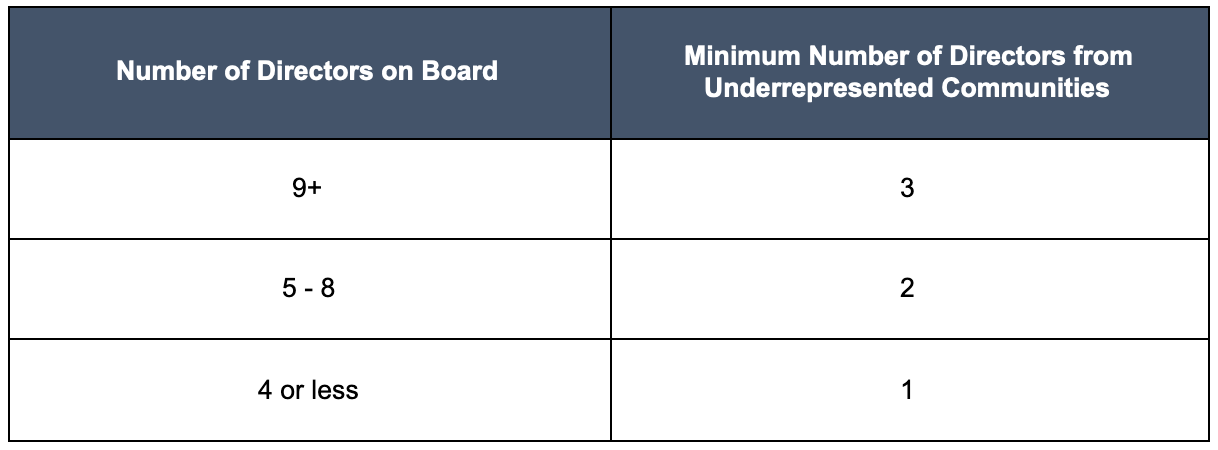When investors evaluate investment opportunities, they look to management teams who accurately forecast and deliver results at or above guided levels. With macro-economic factors placing increasing pressure on financial results and expectations, it is as important as ever for companies to outline a plan they can confidently execute against. Generally, guidance metrics include top-line growth, gross margins, operating expenses, EBITDA, or net income as they allow the Street to evaluate company performance and benchmark across the industry. However, additional levels of detail and qualitative commentary may be necessary when there are mounting macro factors that may impact actual results.
In this blog, we will discuss a few items to help you think about forecasting and guiding Wall Street while navigating a challenging macro environment.
Modeling Internal Scenario-Based Forecasts – Plan the Work
It is important to have a deep understanding of the business and financial strategy to establish a plan to successfully execute against. A detailed financial forecast not only helps you track performance but provides the framework behind establishing guidance that is either achievable or beatable. It serves as a company’s internal roadmap and includes various levers responsible for top- and bottom-line performance. In addition to understanding the magnitude of each lever, it is imperative to know the drivers and how to track and demonstrate progress. That said, forecasts should always remain internal and never be referenced in conversations with analysts or investors.
Providing Achievable Public Guidance – Work the Plan
While internal forecasts influence guidance, additional factors that can impact expectations must be considered to provide a reasonable estimate, or range, for external communication. This is where performing a sensitivity analysis on your internal model can help incorporate a buffer into the guidance, which can be narrowed throughout the year (ideally). That said, while beating and raising top-line guidance was a sure way to drive value in the past, a detailed path to profitability and cash runway is becoming more valuable to investors’ decision criteria. This can include timelines as well as initiatives aimed at balancing growth vs. managing expenses, such as scaling operations and efficiently deploying capital. Companies that can message their ability to adapt to circumstances and execute according to plan will be deemed less risky when institutional investors are evaluating positions. Furthermore, many institutional investors are looking to defend investment theses in existing positions, so providing clear and achievable visibility into operations is important to retaining confidence. Not only is it important to achieve your plans internally, but you must also demonstrate your ability to “do what you said” externally.
Ensuring Consensus Reflects Guidance – Enforce the Goal
This is where effectively messaging future expectations is a key part of the strategy. Covering analysts rely on publicly disclosed guidance, in addition to actual financial results and market conditions, to update their estimates and ultimately the consensus for the company. In periods of uncertainty, analysts may put more weight on qualitative commentary to justify their expectations than the quantitative guidance alone. Since this sets the basis to be measured against going forward, it is imperative to deliver a message that accurately reflects the intended guidance.
Though companies are faced with similar macro factors, the key disclosures to instill investor confidence vary based on the business. It is crucial to understand what metrics are important to your investors and accurately reflect your performance. Gilmartin Group has deep experience and expertise in helping companies disclose key performance indicators that enable informed investment decisions and establish credibility among the Street.
For more information on forecasting, guidance, and consensus, please contact our team today.
Emma Poalillo, Vice President


